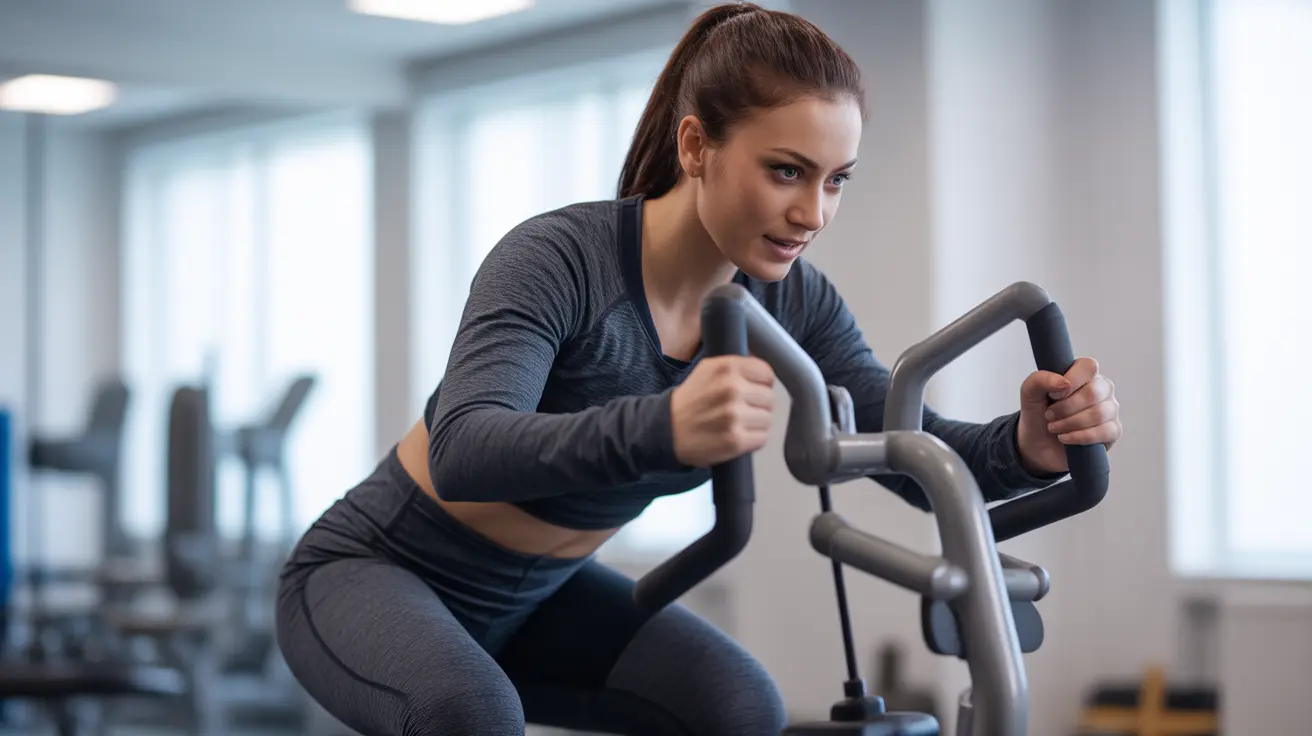Isokinetic exercise represents a sophisticated approach to strength training that's revolutionizing rehabilitation and athletic performance. This specialized form of exercise uses advanced equipment to maintain a constant speed throughout the entire range of motion, offering unique benefits that traditional strength training methods can't match.
Whether you're recovering from an injury, looking to enhance athletic performance, or seeking a safe way to build strength, understanding isokinetic exercise can open new doors in your fitness journey. Let's explore this innovative training method in detail.
Understanding Isokinetic Exercise
Isokinetic exercise involves movements performed at a controlled, constant speed against accommodating resistance. Unlike traditional weight training, where the resistance remains fixed, isokinetic equipment automatically adjusts the resistance to match your force output while maintaining the same speed throughout the movement.
This unique characteristic makes isokinetic exercise particularly valuable for precise strength assessment, rehabilitation, and targeted muscle development. The controlled nature of the movement helps ensure optimal muscle engagement while minimizing the risk of injury.
Key Benefits of Isokinetic Training
Precise Muscle Targeting
Isokinetic exercises excel at isolating specific muscle groups, allowing for focused strengthening and rehabilitation. The controlled speed and adjustable resistance enable practitioners to work muscles through their full range of motion effectively.
Rehabilitation Advantages
For individuals recovering from injuries or surgery, isokinetic exercise provides several distinct benefits:
- Safe, controlled movement patterns
- Precise monitoring of progress
- Ability to work within pain-free ranges
- Reduced risk of compensation injuries
Performance Enhancement
Athletes and fitness enthusiasts can benefit from isokinetic training through:
- Improved muscle strength and endurance
- Enhanced joint stability
- Better movement control
- More efficient rehabilitation from sports injuries
Common Applications and Equipment
Isokinetic exercise typically requires specialized equipment such as dynamometers and computerized resistance machines. These devices can be used to target various muscle groups:
- Knee extensors and flexors
- Shoulder rotator cuff muscles
- Hip abductors and adductors
- Ankle plantar flexors and dorsiflexors
Safety Considerations and Guidelines
While isokinetic exercise is generally safe, certain precautions should be observed:
Always work with qualified professionals when starting isokinetic training, especially during rehabilitation. The equipment requires proper setup and supervision to ensure optimal results and prevent injury.
Regular assessment and adjustment of training parameters help maintain safety and effectiveness throughout the program.
Frequently Asked Questions
What is isokinetic exercise and how does it differ from other types of strength training?
Isokinetic exercise maintains a constant speed throughout the movement while automatically adjusting resistance to match your force output. This differs from traditional strength training, which typically uses fixed weights and variable speeds.
What are the main benefits of isokinetic exercise for injury rehabilitation and muscle recovery?
The main benefits include precise control over movement speed, automatic resistance adjustment, ability to isolate specific muscle groups, and accurate progress monitoring. These features make it particularly effective for rehabilitation and controlled muscle strengthening.
How safe is isokinetic exercise for older adults or people recovering from surgery?
Isokinetic exercise is generally very safe for these populations when properly supervised. The controlled speed and adjustable resistance allow for precise targeting of specific muscles while minimizing stress on surrounding tissues and joints.
Which muscle groups can be targeted with isokinetic exercises and what are common examples?
Most major muscle groups can be targeted using isokinetic equipment. Common exercises focus on knee extension/flexion, shoulder rotation, hip movements, and ankle strengthening. The specific applications depend on the available equipment and individual needs.
How does isokinetic training help improve muscle strength and prevent future injuries?
Isokinetic training improves muscle strength by providing consistent resistance throughout the full range of motion. This comprehensive strengthening, combined with movement control development, helps create better muscle balance and joint stability, reducing the risk of future injuries.




